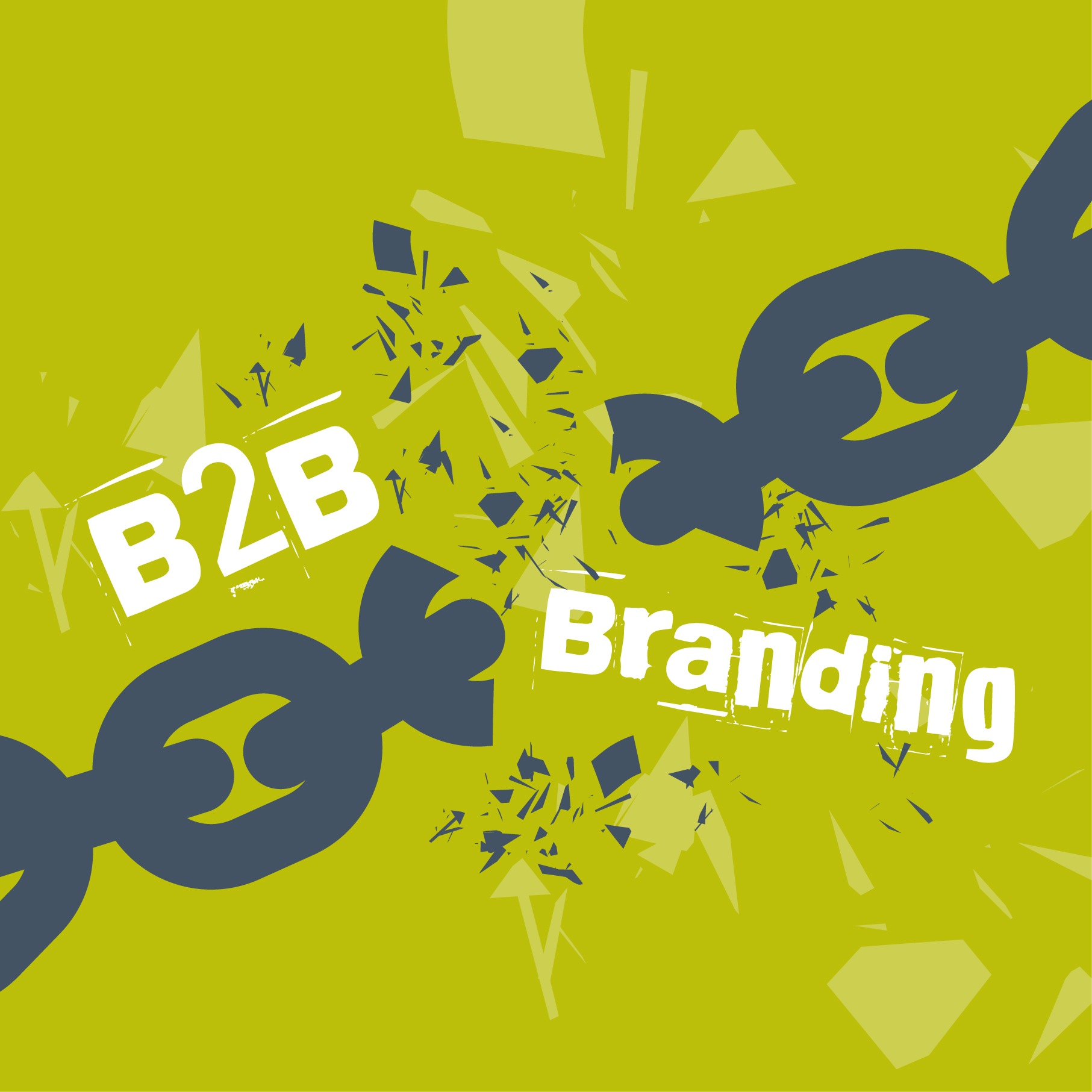
B2B MARKETING - THINKING
Embrace the disruption
Ever felt like a rabbit caught in the headlights when someone mentions the word ‘change’? You won’t be the only one. When faced with the prospect of ‘change’, no matter how big or how small it may be, a feeling of trepidation often emerges.
Imagine a scenario in which you’re told you must ‘change or die’! You would think (and rather hope) that it would be a sufficiently compelling reason to do as you’re told; that you’re left with no choice other than to change… the evidence, however, proves otherwise.
Research shows that when heart-bypass patients are told that they must change their lifestyle and eating habits post-surgery, otherwise they face almost certain premature death, over 90% of them still cannot bring themselves to change. If this is true, if people are so naturally resistant to change that they can’t or won’t do so even in life or death situations, how can we expect them to adopt change in less threatening circumstances, such as business?
Many companies have fallen foul of their lack of willingness to change…the list is long and distinguished…from Kodak’s reluctance to accept the ingenuity of the digital camera, to Blockbuster’s apparent lack of appetite to enter the online marketplace…the inability or lack of motivation to change can have catastrophic consequences. Why did Blockbuster idly watch Netflix destroy its business? Why did Kodak let digital cameras drive a once-mighty industrial giant into penny-stock territory? Because the conditions changed, but the mind-sets didn’t. They believed unequivocally in the products and strategies that gave them their initial successes, and refused to look beyond them. The world moved on, but they didn’t.
Sometimes, even small changes are almost impossible to instil…a software update for example. Unless a mandatory requirement to upgrade is enforced, chances are you’ll still find some employees on old editions long after you stop supporting them. They see the change as a waste of time and don’t understand the implications associated with not making the change – the added costs to the business of running old software for instance. It’s about communication - about creating a need, the desire and, often, a sense of urgency that facilitates change.
Typically, businesses don’t bring in outside help until they’re on the brink of disaster. By then it’s often too late.
Change can be difficult, but not changing can be fatal. The choice is yours.
2005 study by Dr Edward Miller, CEO Johns Hopkins University <<< Back to Blog


